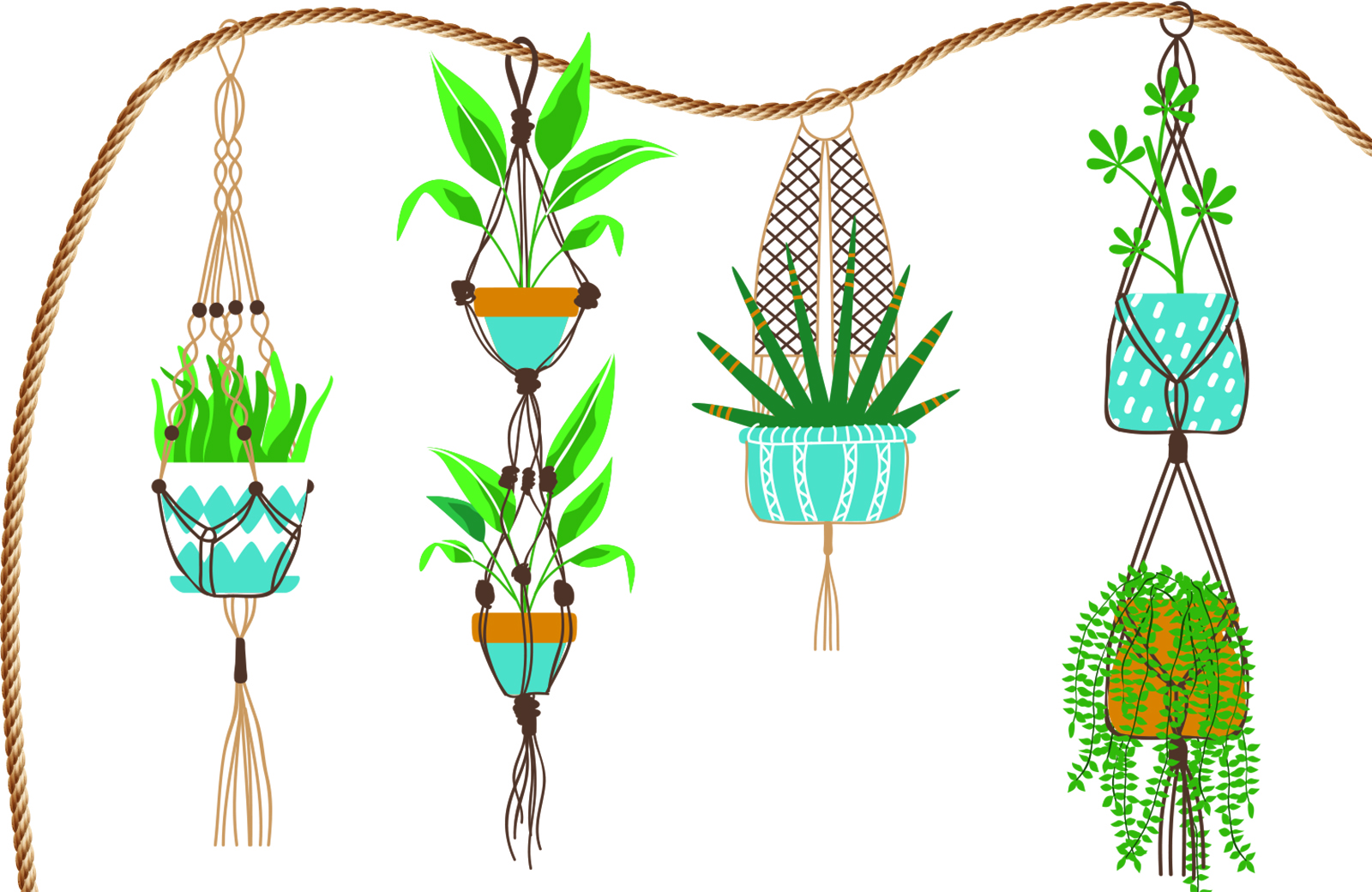
Learn how to use only technique, time and materials found in nature to create practical and decorative items.
Artisan Origins
Did you know many popular crafts from around the world are inspired by nature? Here we share crafts that do not require complicated equipment or expensive materials, only time and effort, and close observation of the natural world.
Paper and Dye
Paper is said to have been invented after observing how wasps make their nests; the insects chew plants to fashion the fibers into a form of paper. Similarly, soaking plants in water for days or boiling them in a mild caustic solution and then rinsing away the cellulose produces fibers that can be pounded together to form paper or cleaned and spun into yarn. The same soaking or boiling process can also be used to make paper from cotton rags.
The paper or yarn can then be colored with dyes made by boiling the leaves, flowers or roots of various plants. Boiled walnut husks produce a brown or black color, and indigo leaves produce a deep blue color. Both these natural solutions can be used as hair dye, too.
 Wood and Weaving
Wood and Weaving
Skills used in one craft frequently translate to others. For example, a log can be split into quarters for firewood or into shingles by splitting a quarter of a log into thinner and thinner pie shaped wedges. If you split the log into quarters and then split it across the width, you get strips that can be used to weave baskets or chair seats. Baskets can also be woven from thin flexible branches, stripped tree bark or bundled pine needles. The process of twisting fibers together can be used to make fine thread or heavy rope.
Macramé is thought to have been invented as a way to finish the edges of handwoven fabrics. More elaborate versions of simple knots gave rise to decorative finishes on shawls and blankets and then to decorative objects in their own right.
If you’re interested in learning more about natural dyes, check out:
- The Handbook of Natural Plant Dyes by Sasha Duerr
- Botanical Inks by Babs Behan
- Natural Hair Coloring by Christine Shahin
For a deeper dive into nature-inspired crafts, consider:
- Papermaking with Plants by Helen Hiebert
- The Forgotten Crafts by John Seymour

